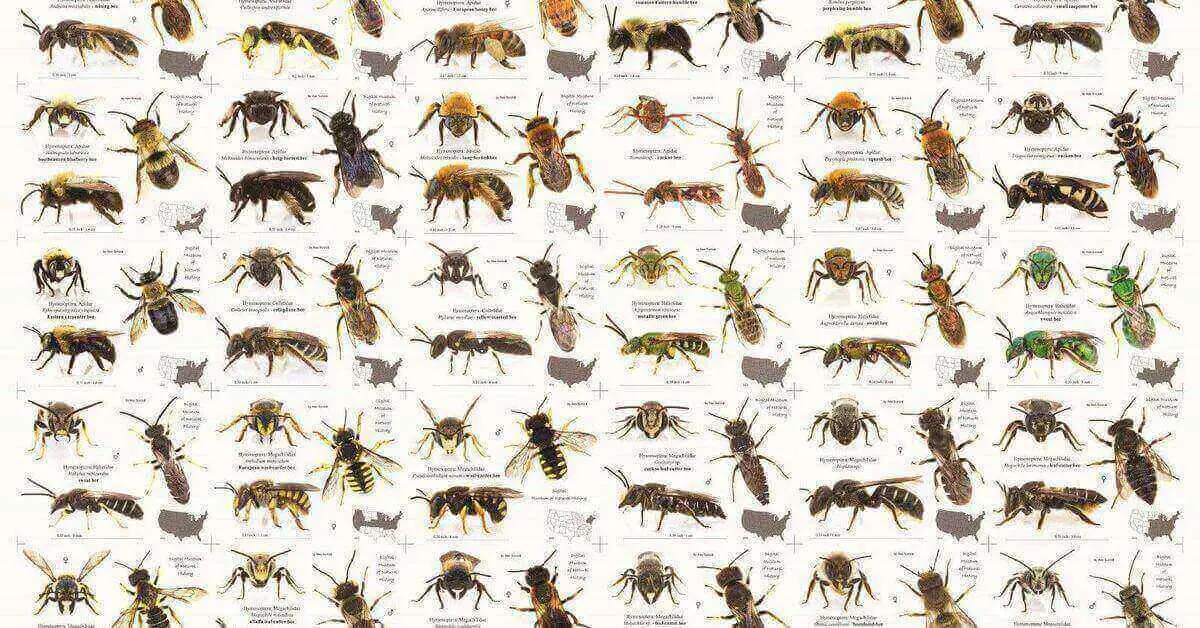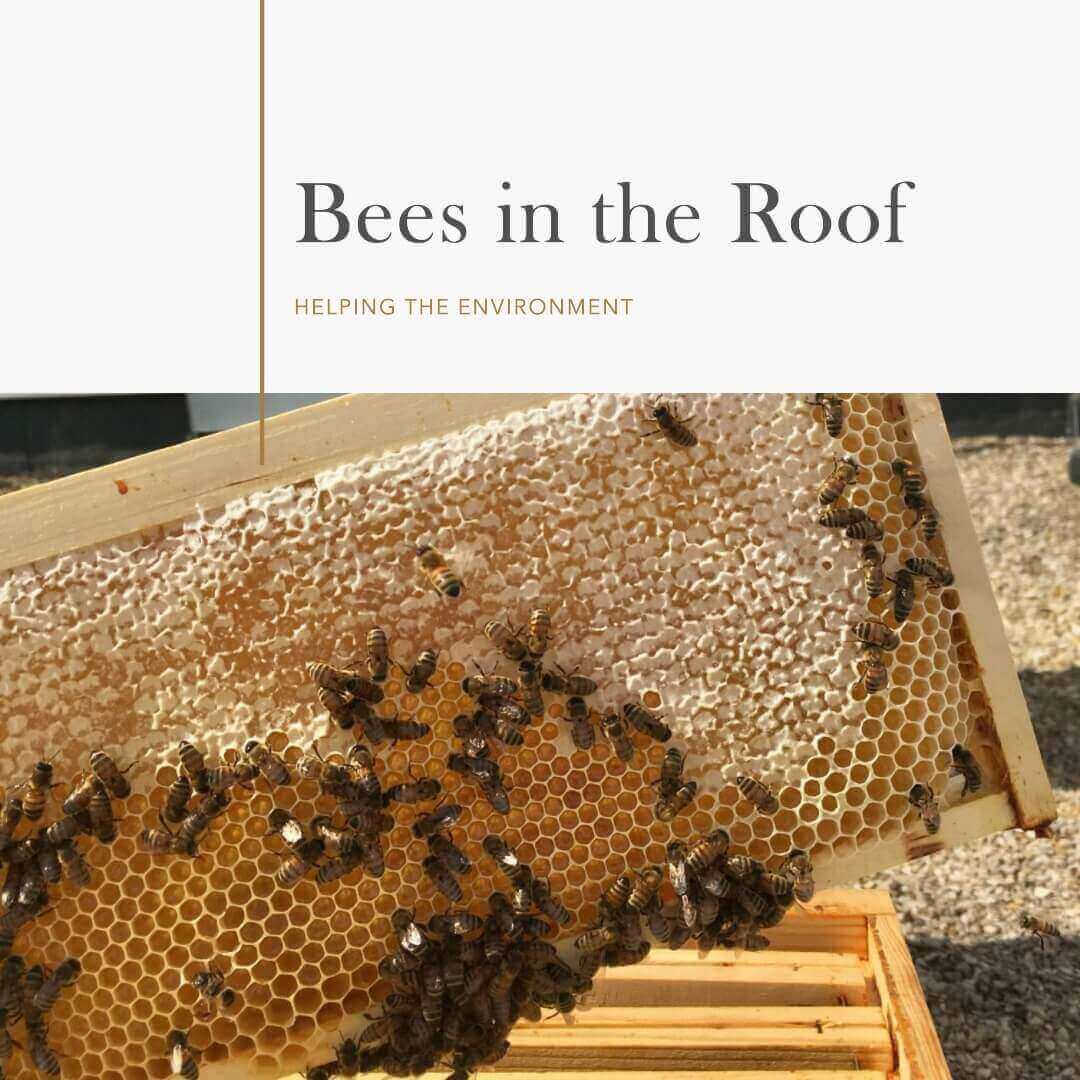Welcome to our comprehensive guide on bees in Canada! In this article, we will explore various aspects related to honey bees, beekeeping, and honey production in the beautiful country of Canada, with a special focus on Ontario. Bees play a crucial role in our ecosystem, and understanding their significance is vital for promoting biodiversity and sustainable agriculture. So, let’s dive right in!
Importance of Bees in Canada
Bees are essential pollinators, facilitating the reproduction of flowering plants and crops. In Canada, they contribute significantly to the agricultural sector, ensuring the production of various fruits, vegetables, and other crops. Additionally, bees support the natural ecosystems by aiding in the growth of wildflowers and plants, providing food and habitat for other wildlife.
List of Bee Species in Canada
| Bee Species | Scientific Name | Description |
|---|---|---|
| Honeybee | Apis mellifera | Produces honey, important for pollination and beekeeping. |
| Bumblebee | Bombus spp. | Large, robust bees known for their buzzing flight and fuzzy appearance. |
| Mason Bee | Osmia spp. | Solitary bees that construct nests using mud or other materials. |
| Leafcutter Bee | Megachile spp. | Cuts leaves to build their nests and are important pollinators for certain crops. |
| Mining Bee | Andrena spp. | Ground-nesting bees, found in a variety of habitats, often with intricate markings. |
| Sweat Bee | Halictus spp. | Often attracted to human sweat, these bees are small and metallic-colored. |
| Carpenter Bee | Xylocopa spp. | Solitary bees that excavate tunnels in wood to build their nests. |
| Squash Bee | Peponapis pruinosa | Specializes in pollinating squash and pumpkins. |
| Long-horned Bee | Eucera spp. | Named for their long antennae, they are essential pollinators for some wildflowers. |
| Wool Carder Bee | Anthidium spp. | Collects plant fuzz to line its nests and can be territorial around flowers. |
| Mining Bee | Andrena spp. | Ground-nesting bees, found in a variety of habitats, often with intricate markings. |
| Western Honeybee | Apis mellifera | A subspecies of honeybee commonly found in western North America. |
| Rusty-patched Bumblebee | Bombus affinis | A critically endangered bumblebee species, once widespread but now rare. |
| Yellow-faced Bumblebee | Bombus vosnesenskii | Native to western North America, essential for pollinating native plants. |
Honey Bees in Canada
Honey bees (Apis mellifera) are the most common species of bees found in Canada. These incredible insects are known for their complex social structure, with a single colony consisting of a queen, worker bees, and drones. The worker bees are responsible for collecting nectar and pollen, while the queen lays eggs and ensures the continuity of the colony.
Honey bees play a crucial role in honey production, a process that has been practiced for centuries in Canada. The diverse landscapes and abundant flora in the country contribute to the unique flavors and varieties of Canadian honey.
Related Posts:
- What is Black Bumble Bees? How to Get Rid of them.
- Cicada Killer Wasp:How to Get Rid of Cicada Killers
- Wasps vs Hornets: What is the Difference
Beekeeping in Canada
Beekeeping, also known as apiculture, is a time-honored tradition in Canada. Many enthusiasts and professional beekeepers maintain hives to support honey bee populations and harvest honey and other bee products. Beekeeping practices vary depending on the region and the beekeeper’s objectives.
Setting Up a Beehive
Before starting a beekeeping venture, it is essential to carefully select the location for the beehive. Bees thrive in areas with abundant nectar sources and water. Proper sunlight exposure and protection from strong winds are also vital considerations. Additionally, choosing the right type of beehive and ensuring its structural integrity are crucial for the bees’ well-being.
Maintaining Honey Bee Colonies
Maintaining healthy colonies is paramount in beekeeping. Regular inspections allow beekeepers to monitor the hive’s health, identify potential issues, and take appropriate actions to prevent diseases or pests. Providing adequate food during times of scarcity, such as winter, is crucial to sustain the colony.
Harvesting Honey and Other Bee Products
Harvesting honey is an exciting and rewarding part of beekeeping. Beekeepers use specialized techniques to extract honey while leaving enough for the bees’ sustenance. Apart from honey, bee products like beeswax, royal jelly, and propolis also have various uses and benefits.
Honey Production in Canada
Canada’s diverse landscapes, ranging from prairies to forests, contribute to a wide array of floral sources for bees. This diversity is reflected in the different types of honey produced across the country.
largest bees in canada
The largest bees in Canada are the Bombus rufus, commonly known as the Red-tailed Bumblebee. These robust insects are recognized for their impressive size and striking appearance. With an average length of about 1.6 to 2 cm (0.6 to 0.8 inches) and a wingspan of approximately 2.5 to 3.5 cm (1 to 1.4 inches), they are among the most substantial bee species found in the country.
Types of Honey in Canada
- Clover Honey: Derived from clover plants, this light and mild honey are among the most popular types produced in Canada.
- Wildflower Honey: Bees collect nectar from various wildflowers, resulting in a rich, amber-colored honey with a robust flavor profile.
- Buckwheat Honey: Commonly found in regions with buckwheat fields, this dark, full-bodied honey is known for its strong, distinct taste.
- Blueberry Honey: Blueberry bushes provide a bountiful source of nectar, resulting in a honey variety with a delicate fruity taste.
Health Benefits of Honey
Honey is not only a delicious natural sweetener but also offers numerous health benefits. It contains antioxidants, enzymes, vitamins, and minerals that support overall well-being. Honey has been used for its medicinal properties for centuries, aiding in wound healing, soothing sore throats, and providing relief from coughs.
Conclusion
Bees in Canada play a vital role in our ecosystem, supporting agriculture, promoting biodiversity, and providing us with the sweet gift of honey. Beekeeping is a cherished tradition that connects us with nature and allows us to appreciate the wonders of these remarkable creatures.




